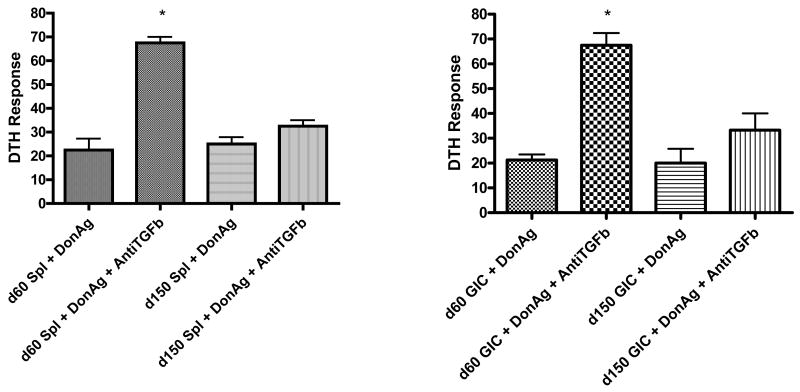Figure 1. Changes in mechanism of regulation over time in renal allograft acceptors.
Splenocytes (A) and graft infiltrating cells (B) were isolated from accepted renal allografts at d60 and d150 post-transplant. Cells from each mouse were combined with alloantigen alone or alloantigen + polyclonal antibodies to TGF-β, then injected into pinnae of naïve C57BL/6 mice. Day 60 acceptors demonstrated prominent donor-reactive DTH regulation in both splenocytes (A) and graft infiltrating cells (B) that appeared to be mediated by TGF-β (*swelling significantly greater when TGF-β blocked p<0.002). Day 150 acceptors continued to demonstrate donor-reactive regulation in both sites, but TGF-β antibodies no longer restored donor reactive responses in either site, suggesting a change in mechanism of regulation. DTH responses were measured after 24 hours as change in ear thickness (mean ± SD x 10-4 inches). DTH responses (73 +/− 12 x 10-4 inches) to tetanus toxoid, a pre-sensitized antigen, were displayed by splenocytes from day 150 renal acceptors demonstrating their ability to respond by DTH at this later time point (data not shown). Similar positive control testing with GIC from day 150 renal acceptors was not possible due to limited cells.

